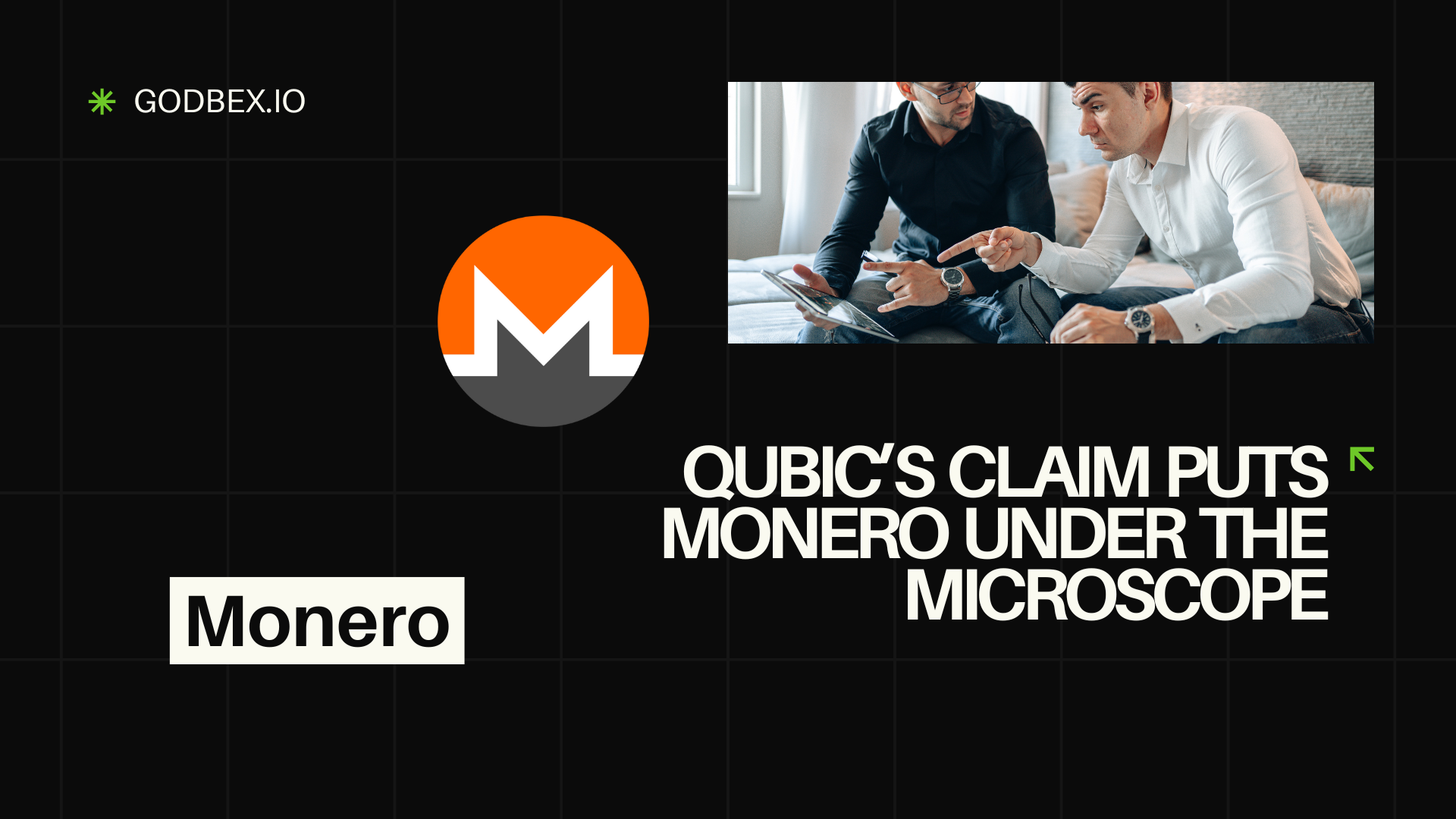
The Monero community is on high alert after Qubic—a project led by IOTA co-founder Sergey Ivancheglo (“CFB”)—said it has crossed the 51% hashrate threshold on the XMR network. If accurate, that would hand a single coordinated entity enough power to reorganize blocks, censor transactions, or attempt double-spends, the textbook definition of a 51% attack on a proof-of-work chain. The claim, first flagged in Qubic’s own updates and industry coverage, immediately sparked warnings from security researchers and market watchers.
How much hash is really in play?
Two datapoints help frame the risk window. First, independent monitors estimated Monero’s total hashrate around ~5 GH/s in recent days—meaning practical majority control would require something north of ~2.5 GH/s. Second, Qubic’s materials and media reports describe peaks near 2.7–3.0 GH/s, with fluctuations depending on when miners pointed rigs at the pool. When Qubic’s share clears the halfway mark, the ETH-style “finality” Monero users expect can’t be guaranteed without extra confirmations. (As of publication, hashrate is volatile and exact shares shift hour by hour.)
Reports of reorg concerns—and why they matter
Market outlets noted chain reorganization fears after Qubic publicized its hashrate push, with some analysts pointing to a short-lived deep reorg as a red flag. Even a brief, economically rational reorg can orphan blocks and force nodes to accept a different version of history—critical if you’re an exchange or merchant managing deposits and withdrawals. The best-practice response in these windows is to raise confirmation requirements and monitor pool concentration closely until the network’s hashrate distribution normalizes.
What Qubic says it’s doing—and why
Qubic frames the campaign as a live “Monero experiment” tied to its “useful proof-of-work” (uPoW) model. Under that design, Qubic miners direct compute toward XMR, then use mining proceeds to buy and burn QUBIC tokens—positioned as a deflationary flywheel for Qubic’s own ecosystem. In a recent recap, the team listed a peak near 2.77 GH/s, thousands of Monero blocks found, and a continuing aim to sustain majority share over a defined “marathon” period. Whatever the motive—stress test, publicity, or pure token economics—the approach concentrates hashing power in one place and, by definition, weakens Monero’s miner decentralization while it lasts.
Counter-currents: DDoS turbulence and price reaction
The campaign has not been linear. Earlier this month, media reported the Qubic pool was hit by a DDoS attack, briefly knocking its hashrate down and interrupting the push. That tech turbulence coincided with drawdowns in XMR’s price, which slid on the headlines and the broader risk that centralized hashrate could degrade settlement assurances. (Prices are moving quickly; treat any single-day percentage as provisional.)
Why a 51% episode is different for a privacy coin
Monero uses the RandomX algorithm to favor CPU/GPU mining and resist ASIC centralization—a design choice meant to spread hash power. But if one pool still amasses a majority, privacy doesn’t shield the consensus layer: a dominant miner can, in principle, reorder blocks or censor specific flows, even if they can’t pierce transaction confidentiality. The incident is a reminder that economic coordination, not only hardware design, determines how decentralized a PoW network really is at any moment in time.
What exchanges, wallets, and miners can do (right now)
- Raise confirmations temporarily. During any period when one pool claims majority share, exchanges can increase required confirmations to reduce reorg risk for deposits and withdrawals. (Many already do this as a standard playbook.)
- Watch hashrate distribution. Mining dashboards and hashrate charts reveal whether a single pool’s share is growing or shrinking—a real-time proxy for settlement risk.
- Diversify to smaller/peer-to-peer pools. Monero mining communities often advocate P2Pool or other decentralized options specifically to avoid concentration in large custodial pools.
The big unknowns
- Duration: Qubic’s own blog talks about a multi-week “marathon”. If majority share is sustained, higher confirmations may become the norm for a while; if not, the episode may fade as miners reallocate.
- Intent: Qubic publicly characterizes this as an experiment and a uPoW showcase. Skeptics counter that any single-entity majority is functionally indistinguishable from an attack in terms of network risk—even if no double-spends occur.
- Net economics: Concentrating compute is expensive. If the campaign can’t pay for itself via QUBIC’s token mechanics or external incentives, miners may peel off organically, restoring a healthier distribution.
Bottom line
Monero’s security model assumes broadly distributed hash power. Qubic’s push to (at times) exceed 50% breaks that assumption and raises legitimate 51%-attack concerns, even if only for a window. Independent hashrate estimates, Qubic’s own logs, and third-party reporting together paint a picture of intermittent majority control, temporary disruption, and heightened operational risk for services that settle in XMR. Until the pool share retreats decisively, risk management—more confirmations, tighter monitoring, and pool diversification—will do more to protect users than any philosophical debate over motives.